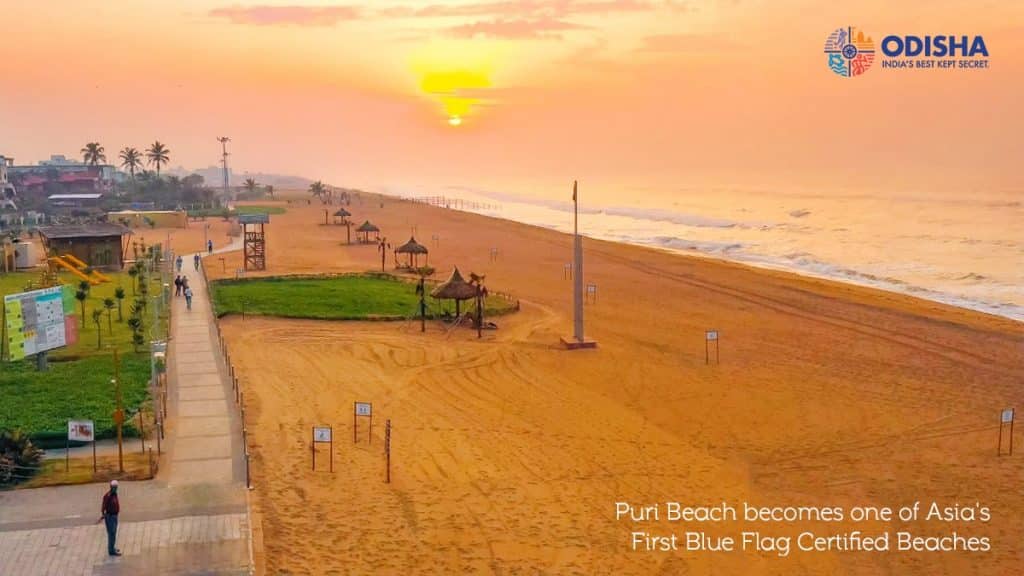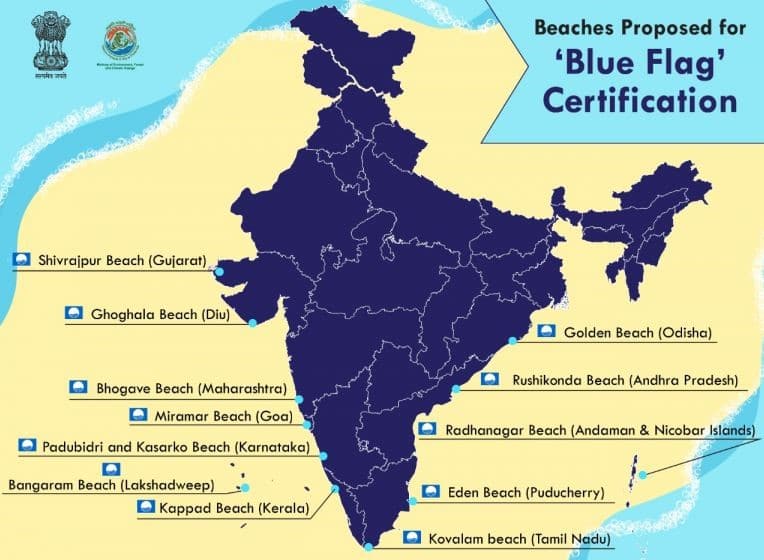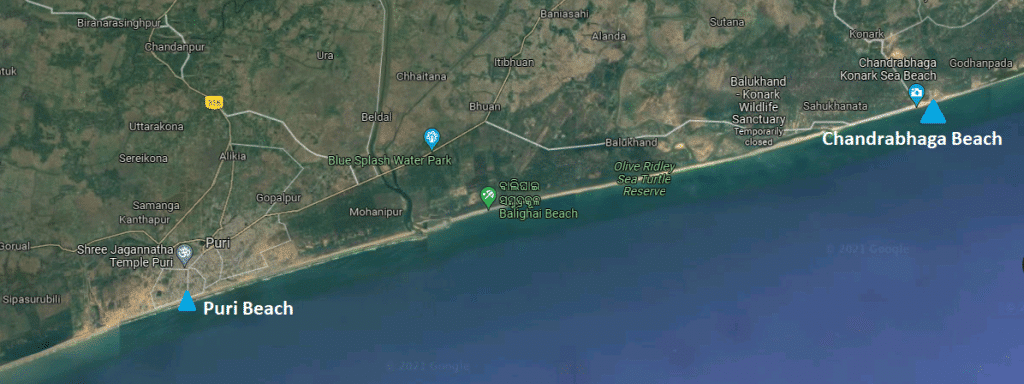- The Blue Flag Certification is awarded by a non-profit organization called the Foundation for Environmental Education (FEE).
- The Blue Flag Programme originally started in France in 1985. It was presented to the FEE in 1987. It then became the European Blue Flag.
- In 2001, when South Africa became the first country outside of Europe to join the programme, the initiative changed its name to International Blue Flag.
- At this time, the FEE acquired its current name, losing an ‘E’ since earlier it had European in its name.
- To qualify for the Blue Flag certificate, a series of stringent requirements or criteria should be satisfied. The criteria are environmental, educational, access, and safety-related. There are a total of 33 criteria.
- The program promotes sustainable development in freshwater and marine areas through four main criteria: water quality, environmental management, environmental education, and safety.
- The certification is awarded to beaches, marinas (which are small ports or harbours designed for pleasure yachts or boats), and sustainable boat tourism operators in FEE member countries. Blue Flag contributes to the Sustainable Development Goals.
- The Blue Flag is an eco-label and blue flag beaches should provide clean and hygienic bathing water, along with basic infrastructure for tourists.
- Operators of beaches or boating tourism that have been awarded the ‘blue flag’ are allowed to display the blue flag logo.
- This is awarded to local authorities or private operators only of the member countries.
- Blue Flag also advocates against inequality, disparity, unemployment, depletion of natural resources, health and environmental threats, pollution as well as general environmental degradation.
- Blue Flag is accorded by the international jury composed of eminent members – United Nations Environment Programme (UNEP), United Nations World Tourism Organisation (UNWTO), Denmark-based NGO Foundation for Environmental Education (FEE) and International Union for Conservation of Nature (IUCN).
- There are more than 4000 blue flag beaches worldwide with Spain leading the number of beaches per country with this certification.
Foundation for Environmental Education (FEE)
- The FEE is headquartered in Copenhagen, Denmark.
- It was founded in 1981 as the Foundation for Environmental Education in Europe (FEEE).
- Currently, it has 77 member countries.
- Its other programmes include:
- Green Key
- Eco Schools
- Young Reporters for the Environment
- Learning about Forests
- Global Forest Fund
Blue Flag Beaches in India
Puri beach on the Konark coast of Odisha is not only India’s but also Asia’s first beach to get the Blue Flag certification.

As of October 2022, Twelve Beaches in India have been awarded the prestigious certification, namely:
- Golden Beach – Odisha
- Shivrajpur Beach – Gujarat
- Kappad Beach – Kerala
- Ghoghla Beach – Diu
- Radhanagar Beach – Andaman and Nicobar
- Kasarkod Beach – Karnataka
- Padubidri Beach – Karnataka
- Rushikonda Beach – Andhra Pradesh
- Kovalam Beach – Tamil Nadu
- Eden Beach – Puducherry
- Minicoy Thundi Beach – Lakshadweep
- Kadmat Beach – Lakshadweep


I-AM- SAVING-MY-BEACH
India had started its journey of sustainable development of coastal regions on World Environment Day in June 2018 by launching its beach cleaning campaign – I-AM- SAVING-MY-BEACH simultaneously at 13 coastal states and thereafter implementing the ministry’s coveted program Beach Environment and Aesthetics Management Services (BEAMS).
Beach Environment & Aesthetics Management Services (BEAMS) initiative
- MoEF&CC in its pursuit of “Sustainable Development” of the coastal regions of India embarked upon a highly acclaimed & flagship program BEAMS
- It is one of the initiatives under Integrated coastal zone management (ICZM) approach that the MoEF&CC has undertaken for the sustainable development of coastal regions of India, with a prime objective to protect and conserve the pristine coastal and marine ecosystems through holistic management of the resources.
- This was aimed for achieving the globally recognized and the coveted International eco-label “Blue Flag”.
The objective of the BEAMS program is to
- Abate pollution in coastal waters.
- Promote sustainable development of beach facilities.
- Protect & conserve coastal ecosystems & natural resources.
- Seriously challenge local authorities & stakeholders to strive and maintain high standards of cleanliness, hygiene & safety for beachgoers in accordance with coastal environment & regulations.

I have some doubts,,,please elaborate it,,,,
Is Chandrabhaga beach is included in these 10 blue flag certified beaches or not?
Are Golden beach and Chandrabhaga beach same?
How many blue flag are there in India right now?
Yeah, Due to wrong information posted on different websites.
Golden Beach (also called Puri Beach) is different from Chandrabhaga Beach.
As of September 2021, Ten Beaches in India have been awarded the Blue Flag tag.
After researching as for me know, Chandrabhaga beach has not been awarded the Blue Flag tag.